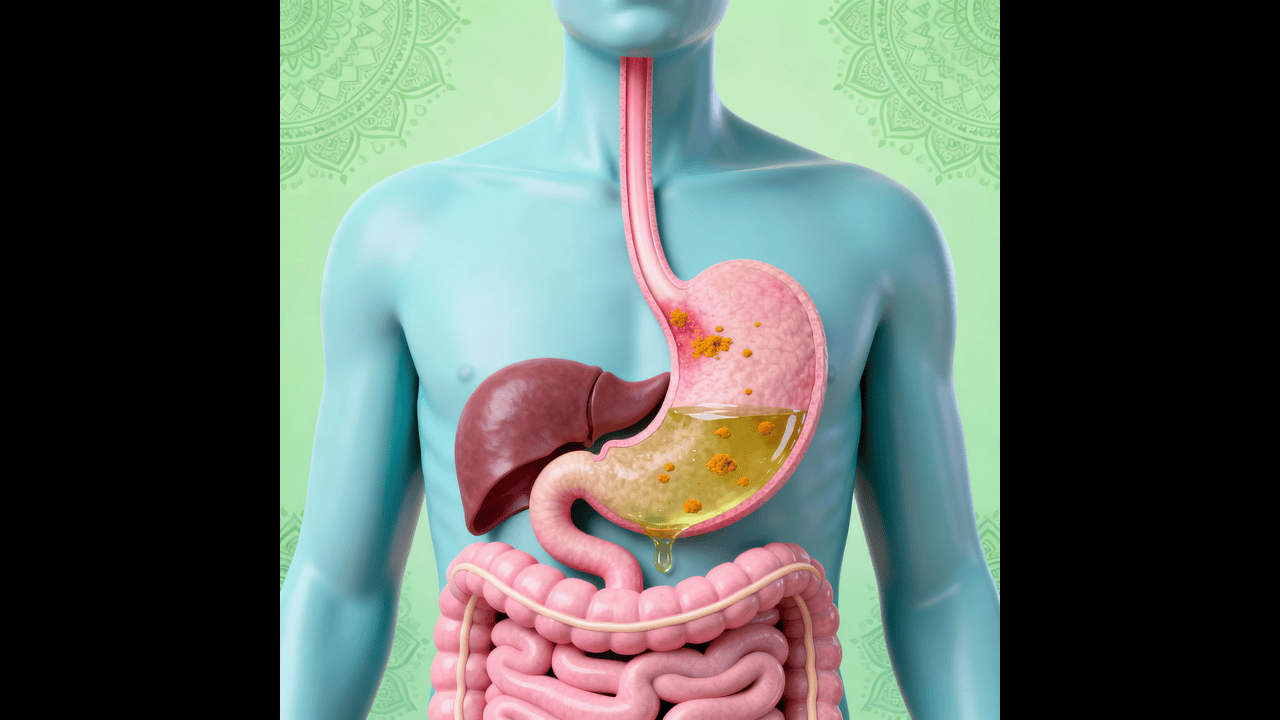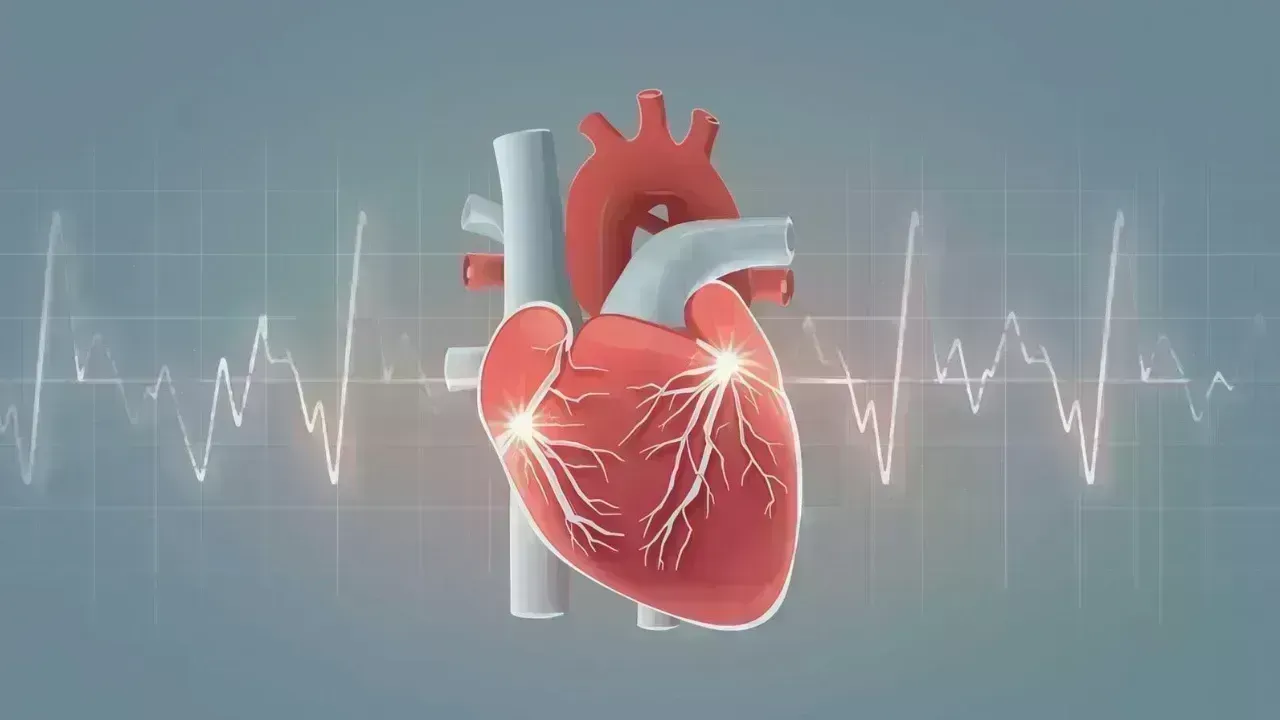
Post by : Priya
Photo:Reuters
In the heart of Oakland, California, a quiet revolution is taking place. It’s not led by elected officials or large corporations—but by young people, students, and community members who are standing up to demand a cleaner, healthier environment. At the center of their fight is the Port of Oakland, one of the largest and busiest shipping ports in the United States. For decades, this port has brought goods from around the world, powering the local economy. But along with that progress came something less welcome—pollution, noise, and long-term health risks for the people living nearby.
Now, a youth-led movement is pushing for change. They want to see the port go electric. They want cleaner air. They want justice. And for the first time in a long time, it looks like the city is listening.
The Problem: A Legacy of Pollution
The Port of Oakland is a hub of economic activity. Every year, millions of tons of cargo pass through its terminals, delivered by ships, trucks, and cranes. But many of the machines that make this work possible run on diesel fuel—one of the dirtiest sources of energy. Diesel exhaust contains fine particles and harmful gases that can cause serious health problems, especially for children and the elderly.
In the neighborhoods around the port—West Oakland, East Oakland, and nearby communities—people have long felt the effects. Studies have shown higher rates of asthma, respiratory illness, and even cancer in these areas. The air is thick with fumes. Trucks idle on residential streets. Noise from ships and cranes is constant.
Despite years of promises and partial improvements, many residents feel that not enough has been done. The health of the community has often taken a back seat to business interests.
Youth Demand Change
In 2025, a wave of youth-led activism began to change the conversation. Local students, many of whom have grown up in families affected by pollution-related illnesses, started organizing meetings, marches, and public awareness campaigns. Their message was simple: the port must become cleaner, and the people who live near it must be protected.
At a town hall meeting earlier this year, high school student Aaliyah Thompson spoke emotionally about watching her younger brother struggle with asthma. “He can't even play outside for too long,” she said. “The air hurts him. We shouldn't have to live like this.”
Other students shared similar stories—of grandparents with chronic breathing problems, of outdoor school events canceled due to poor air quality, and of a general sense of being left behind while industry moves forward.
These youth aren't just complaining. They are organizing. They are educating their communities. And they are showing up—at city council meetings, port authority hearings, and environmental planning sessions.
What Electrification Means
So, what exactly are these young people asking for? Their main goal is electrification. This means replacing diesel-powered equipment with electric alternatives. It includes:
Electric trucks to transport cargo to and from the port
Electric cranes and forklifts inside port facilities
Charging stations and electric power hubs across the area
Shore power for ships so they don’t need to run engines while docked
This switch would dramatically reduce pollution. Electric machines produce no tailpipe emissions. They are quieter. They cost less to run in the long term. And they help fight climate change.
Many other ports around the world are already making this transition. From Los Angeles to Rotterdam, electric port systems are becoming the new standard. The youth of Oakland believe their city must not fall behind.
Health and Environmental Justice
The movement isn’t just about technology—it’s about justice.
The neighborhoods around the Port of Oakland are mostly made up of Black, Latino, and immigrant families. These communities have historically faced environmental racism—meaning they have been exposed to more pollution than wealthier, whiter areas. The youth activists are calling this out.
They argue that electrification is not just a “green” issue—it’s a human rights issue. Why should one part of the city live in clean air while another suffers from pollution?
Community leader Jose Martinez put it clearly: “For too long, our health has been the price of someone else’s business. That has to stop. Our kids deserve better.”
Political Response: Slow but Growing Support
Until recently, progress on electrifying the port had been slow. Some electric trucks had been tested. A few cranes were replaced. But there was no major, city-wide plan for full electrification.
That is starting to change. Thanks to public pressure—especially from the youth movement—Oakland’s city leaders are taking notice.
In March, the Port of Oakland Board of Commissioners announced that they would explore a new Clean Port Action Plan. This includes funding for electric vehicles, incentives for companies to go green, and public input sessions where residents can speak directly to port planners.
California Governor Gavin Newsom also pledged new state support for port electrification, calling it a “top priority for environmental justice.”
Still, youth activists say they will keep pushing. They want real timelines. Real budgets. Real accountability.
The Cost of Change—and the Cost of Doing Nothing
Electrifying an entire port is not cheap. Experts estimate that full conversion could cost several hundred million dollars. New trucks, charging infrastructure, training programs, and energy systems must all be built.
But the cost of doing nothing may be even higher.
A recent study by the Bay Area Air Quality Management District found that pollution-related health problems in Oakland cost the city millions each year—in hospital visits, lost workdays, and reduced life expectancy.
When viewed through this lens, electrification is not a burden. It’s an investment—in health, in jobs, and in the future.
Green Jobs and Economic Opportunity
Another reason youth are excited about port electrification is the potential for green jobs. Electric infrastructure needs workers—engineers, mechanics, electricians, software technicians, and more.
Many of the young leaders involved in the movement are also thinking about their own futures. They want training programs that prepare them for these jobs. They want to be part of the solution—not just the victims of the problem.
Community colleges and workforce development groups are starting to respond. New partnerships are being built to train local youth for careers in clean energy and electric transportation.
This isn’t just an environmental movement. It’s an economic one, too.
Community at the Center
Throughout the process, one theme remains constant: community voice must lead.
The people most affected by pollution must be the ones who help design the solutions. Youth activists are calling for regular town halls, citizen advisory boards, and clear updates on progress. They want more than empty promises. They want transparency.
Groups like the West Oakland Environmental Indicators Project and Youth Vs. Apocalypse are working hand-in-hand with residents to collect data, spread awareness, and make sure no one is left out of the conversation.










NBA Friday Recap: Powerhouse Wins for Miami, LA, Milwaukee, and Clippers
Miami, LA Lakers, Milwaukee, and Clippers triumphed in a thrilling NBA Friday, showcasing standout p

Doncic Shines with 49 Points in Lakers' 128-110 Victory over Timberwolves
Luka Doncic dazzles with 49 points as the Lakers secure a 128-110 win against the Timberwolves, show

Kings Triumph Over Jazz 105-104 with Last-Minute Sabonis Effort
The Sacramento Kings edged out the Utah Jazz 105-104, with Domantas Sabonis making the decisive shot

Argentina's Friendly Match Against India Delayed, New Date to be Announced
The friendly match between Argentina and India in Kochi has been postponed due to FIFA approval dela

Rohit and Kohli Conclude ODI Journeys in Australia with a Victory
Rohit Sharma and Virat Kohli bid adieu to Australian ODIs with a final win, forming a 168-run partne

George Russell's Wrestling Mask Antics at Mexican Grand Prix
George Russell donned a wrestling mask to enjoy the Mexican Grand Prix from the stands, providing a